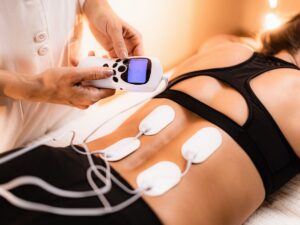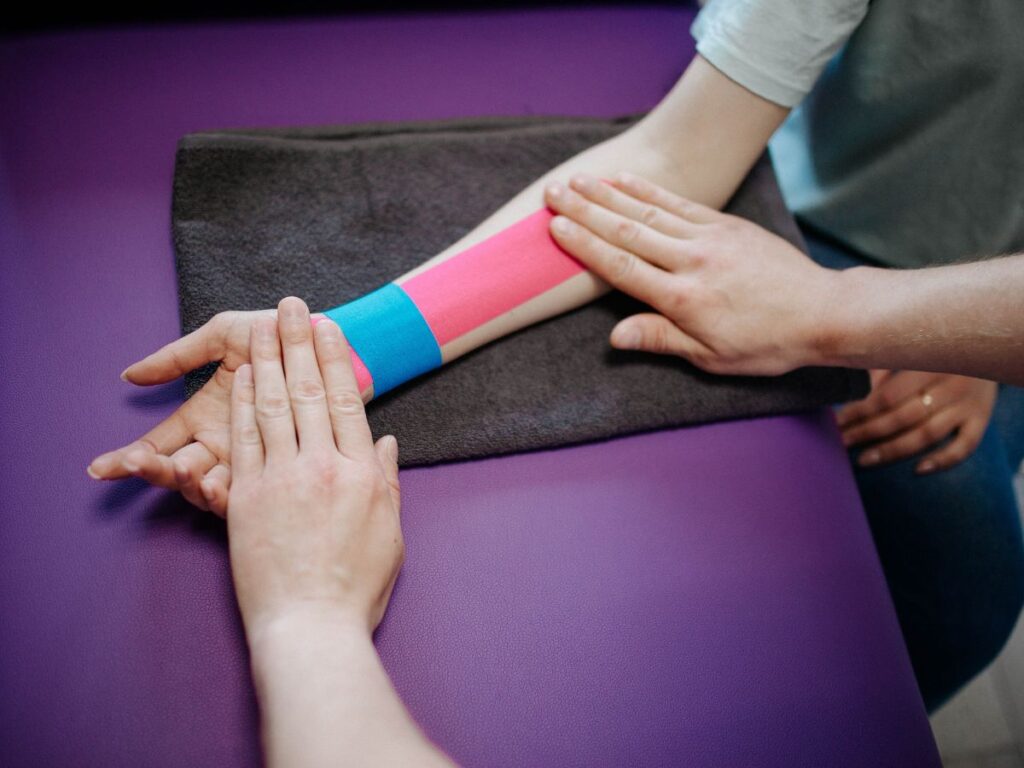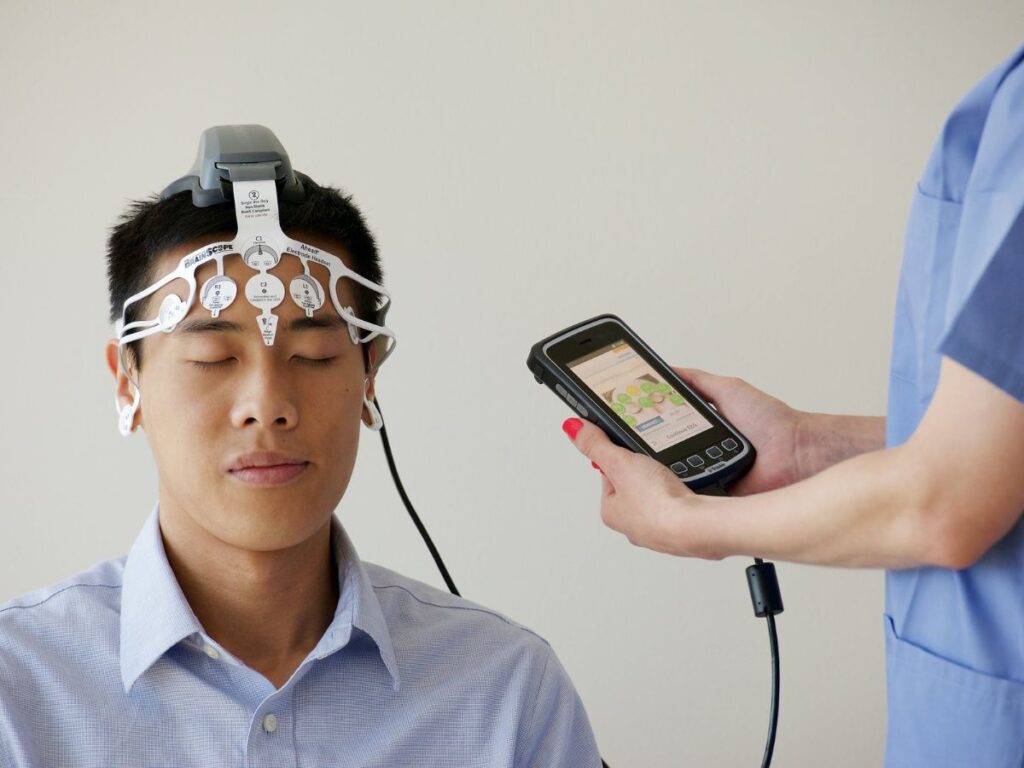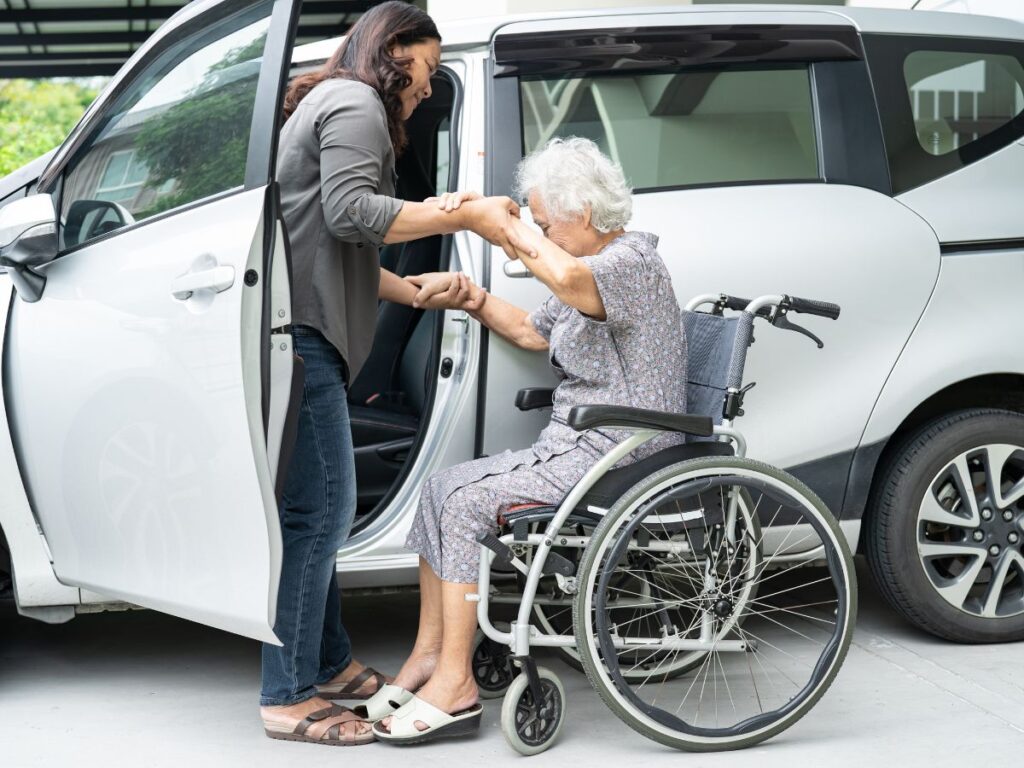Understanding Car Accident Injuries
Automobile accidents can cause a wide range of injuries that vary in severity, from minor bruises to significant trauma affecting multiple body systems. Even collisions at relatively low speeds can result in whiplash, joint misalignment, muscle strains, and nerve damage. Immediate pain is not always indicative of the full extent of injuries—sometimes, symptoms may take days or weeks to become noticeable. The sudden force during impact can damage soft tissues like ligaments and tendons, leading to lingering discomfort, reduced mobility, and persistent inflammation. In severe cases, fractures, disc herniations, or spinal misalignments might require extensive treatment and rehabilitation. Whether you’ve experienced a fender bender or a more serious crash, getting a thorough medical evaluation helps detect hidden issues early and sets the stage for proper healing.
Common Post-Accident Symptoms
Many car accident victims report symptoms such as neck stiffness, back pain, headaches, and limited range of motion. Whiplash, one of the most typical injuries, occurs when the head is violently thrust forward and back, straining the cervical spine. This can cause neck pain, dizziness, or even blurred vision. Lower back injuries might lead to sciatica if nerves are impinged, causing radiating discomfort down the legs. Shoulder pain, also common, sometimes arises from seatbelt restraints or bracing during impact. More subtle indicators include numbness or tingling in the arms and hands, muscle spasms, or frequent headaches that were not previously an issue. If these symptoms go untreated, they could develop into chronic conditions that adversely affect your daily life.
The Importance of Immediate Care
Seeking prompt evaluation after a car accident serves two main purposes: ensuring that injuries don’t worsen and laying the groundwork for a successful recovery. Delaying treatment might allow minor problems to evolve into chronic pain or long-term dysfunction. When you visit a healthcare professional—such as a chiropractor, physical therapist, or primary care physician—soon after the accident, you increase the likelihood of addressing underlying tissue damage or misalignments before they become severe. Even if you feel “fine” or your pain seems minimal at first, remember that adrenaline and shock can mask discomfort. Documenting injuries early on also strengthens any insurance or legal claims you may need to pursue, as it establishes a clear timeline from the date of the collision.
Initial Assessment and Diagnostic Tools
A comprehensive evaluation typically involves a physical exam, imaging studies like X-rays or MRI scans, and a review of your symptoms and medical history. The physical exam may include tests for range of motion, muscle strength, and nerve function. Imaging studies help identify fractures, herniated discs, or other structural irregularities that may not be immediately apparent through observation alone. Blood tests are sometimes ordered to check for markers of inflammation or infection in more complex cases. Establishing a clear diagnosis is crucial for designing a targeted treatment plan that addresses your specific injuries, whether it involves soft tissue damage, skeletal misalignment, or nerve compression.
The Role of Chiropractic Care
Chiropractic treatment can be invaluable in car accident recovery. Practitioners like Dr. Elham focus on realigning the spine and joints, alleviating nerve pressure, and promoting overall musculoskeletal health. Techniques such as spinal adjustments, manual manipulations, and instrument-assisted therapies help restore mobility and reduce inflammation. Soft tissue treatments—like myofascial release and therapeutic massage—can complement these adjustments, targeting muscle tension and scar tissue that often develop after trauma. By correcting misalignments early on, chiropractic care can help you avoid chronic pain conditions, improve posture, and support the body’s natural healing processes. To learn more about specialized therapeutic options, visit our Car Accident Injury Treatment page, which outlines comprehensive strategies for accident-related injuries.
Physical Therapy and Exercise
Physical therapy plays a key role in rehabilitating injuries sustained during a car crash. Licensed therapists create individualized programs that combine targeted exercises with manual techniques to reduce pain, build strength, and enhance range of motion. Progressive exercises may include gentle stretching, resistance training, and core stabilization drills designed to support the spine and surrounding muscles. Electrical stimulation or ultrasound therapy can also be used to decrease inflammation and facilitate tissue repair. Many therapists emphasize posture education, teaching patients how to sit, stand, and move with proper alignment. This not only accelerates recovery but also helps prevent future issues. Over time, a structured physical therapy regimen aids in restoring normal function, improving flexibility, and rebuilding the confidence needed to resume everyday activities.
Whiplash-Specific Interventions
Whiplash is one of the most prevalent auto accident injuries, and treatment often requires a combination of manual therapy, exercises, and pain management techniques. Gentle stretching of the neck muscles and controlled movements help maintain mobility while minimizing strain. Chiropractic adjustments target misaligned cervical vertebrae, reducing nerve impingements that contribute to pain or numbness. Some practitioners use trigger point injections or dry needling to release persistent muscle knots. Physical therapists might employ cervical traction devices to alleviate pressure on spinal discs. Wearing a cervical collar may provide temporary support in severe cases, but prolonged use can weaken neck muscles if not carefully supervised. By tailoring interventions to the severity and nature of the whiplash, healthcare professionals can substantially lower the risk of long-term complications.
Pain Management Techniques
Effective pain management is crucial for maintaining a positive mindset and staying engaged in daily activities during recovery. Over-the-counter medications like ibuprofen or acetaminophen can help control mild inflammation and discomfort, but stronger prescription medications may be required for more intense pain. Some practitioners recommend muscle relaxants to ease spasms, while others suggest topical creams containing menthol or capsaicin for localized relief. Non-pharmaceutical methods—like hot and cold therapy—also offer benefits. Applying a cold pack shortly after injury helps reduce swelling, while heat therapy encourages blood flow and tissue repair once acute inflammation subsides. Mind-body approaches, such as meditation or deep breathing, can further moderate pain perception by calming the nervous system. Combining different pain management strategies often yields the best results.
Supportive Devices and Ergonomics
Braces, lumbar supports, and ergonomic cushions can keep your spine aligned as injuries heal. For instance, a back brace may stabilize the torso while strained muscles recover, and a neck brace can limit sudden movements that aggravate whiplash. Properly adjusted car seats and computer workstations ensure you maintain a healthy posture, reducing discomfort during the workday or long drives. Other supportive aids—like ergonomic pillows or specialized mattresses—assist in maintaining spinal neutrality while sleeping. If you’re unsure which devices best fit your needs, consulting a healthcare professional or a rehabilitation specialist helps you choose suitable options. By combining these supportive tools with structured therapy, you lay the groundwork for long-lasting relief.
Soft Tissue Rehabilitation
Car accidents often damage soft tissues—including muscles, tendons, and ligaments—which are vulnerable to tears and inflammation under sudden force. Rehabilitation for soft tissue injuries focuses on reestablishing strength, flexibility, and proper function. Sports massage, myofascial release, and instrument-assisted soft tissue mobilization help dissipate scar tissue and enhance circulation. Physical therapists might employ resistance bands or bodyweight exercises to gradually rebuild muscle power and endurance. Low-impact aerobic activities—such as swimming or using an elliptical machine—can also be introduced to improve cardiovascular health without placing too much stress on healing tissues. Consistency in following a soft tissue rehabilitation plan accelerates the recovery process, often reducing reliance on pain medications.
Nutritional and Lifestyle Considerations
A nutrient-rich diet supports tissue repair and inflammation control. Lean proteins, fresh fruits, and vegetables supply the amino acids and antioxidants necessary for healing bones, muscles, and connective tissues. Omega-3 fatty acids—found in fish, walnuts, and flaxseeds—may help manage inflammation. Staying hydrated assists in joint lubrication and overall body function. Adequate rest is likewise essential; sleep is the period when the body conducts most of its repair processes. Persistent pain can disrupt sleep, potentially slowing recovery, so creating a sleep-friendly environment—dim lighting, minimal noise, and a comfortable mattress—can make a meaningful difference. Coupled with therapy and medical interventions, these lifestyle measures can expedite recovery and reinforce long-term wellness.
Addressing Psychological Impacts
Car accidents can be psychologically stressful events, sometimes resulting in anxiety, depression, or post-traumatic stress disorder (PTSD). Chronic pain or limited mobility can also take a mental toll, compounding these issues. Therapy, counseling, or support groups provide an outlet for sharing experiences and learning coping strategies. Engaging in gentle physical activities like yoga or tai chi offers both mental and physical benefits, reducing muscle tension while enhancing emotional well-being. Relaxation techniques—such as meditation or guided imagery—help manage stress and may indirectly improve physical recovery by decreasing the body’s production of stress hormones. When emotional health is addressed alongside physical healing, patients often experience a more comprehensive, lasting recovery.
Legal and Insurance Considerations
Depending on the circumstances of your accident, you may need to navigate insurance claims or legal proceedings. Thorough documentation of all injuries and treatments is essential. Keep a detailed record of medical visits, therapy sessions, and any prescribed medications or supportive devices. Insurance companies may require evidence of ongoing care to determine coverage for chiropractic treatments, physical therapy, or pain management interventions. If you’re considering legal action—such as seeking compensation for medical bills or lost wages—consulting a personal injury attorney can clarify your options. Promptly seeking care, maintaining accurate records, and following through on the recommended treatment plan make it easier to prove the scope of your injuries.
Integrating Multiple Therapies
Combining various therapies frequently yields the best outcomes for car accident recovery. For instance, you might alternate between chiropractic adjustments with Dr. Elham and physical therapy sessions, ensuring that spinal alignment and muscle strengthening go hand in hand. Massage therapy can be integrated to release tight muscles, while acupuncture might help regulate the body’s pain signals. Coordinating care among multiple providers ensures consistent treatment goals and helps you avoid contradictory advice. Regular check-ins allow your healthcare team to monitor progress, adjust therapies, and address any new symptoms that arise during rehabilitation. This integrated approach reduces the likelihood of long-term complications and often provides faster, more thorough relief.
Returning to Daily Activities
As you move closer to full recovery, gradually reintroducing normal tasks requires caution. Attempting to lift heavy objects, resume strenuous workouts, or sit for long periods without support can lead to setbacks if the body isn’t ready. Your healthcare providers can suggest pacing strategies—often referred to as “graded return to activity”—to avoid overexertion. Pay attention to signals like persistent pain, swelling, or fatigue, which indicate that you might need more rest or additional therapy sessions. Some patients find it helpful to keep a recovery journal that tracks daily pain levels, exercises completed, and any challenges faced. This documentation helps you and your caregivers fine-tune your return-to-activity plan for optimal safety and effectiveness.
Preventing Future Issues
After completing a car accident injury treatment program, sustaining the progress made requires ongoing self-care. Maintain a consistent exercise routine, focusing on flexibility, core strength, and posture. Periodic chiropractic visits can address any emerging misalignments or muscle tension before they evolve into chronic problems. Staying mindful of ergonomics—both in the car and at your workstation—reduces repetitive strain and encourages a neutral spine. Developing stress management techniques through yoga, meditation, or other holistic methods also supports overall well-being. If you notice recurring symptoms, don’t hesitate to consult a medical professional. Tackling minor discomfort promptly often prevents relapses, ensuring that you continue enjoying the mobility and comfort gained through your rehabilitation. For more details on comprehensive, targeted recovery plans, consider exploring Car Accident Injury Treatment to discover the best path forward.



















